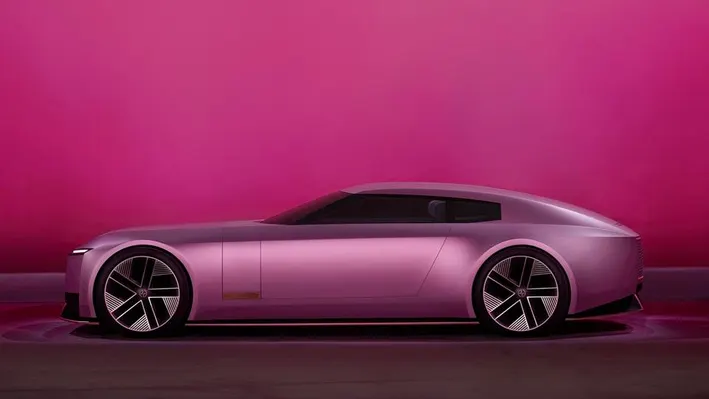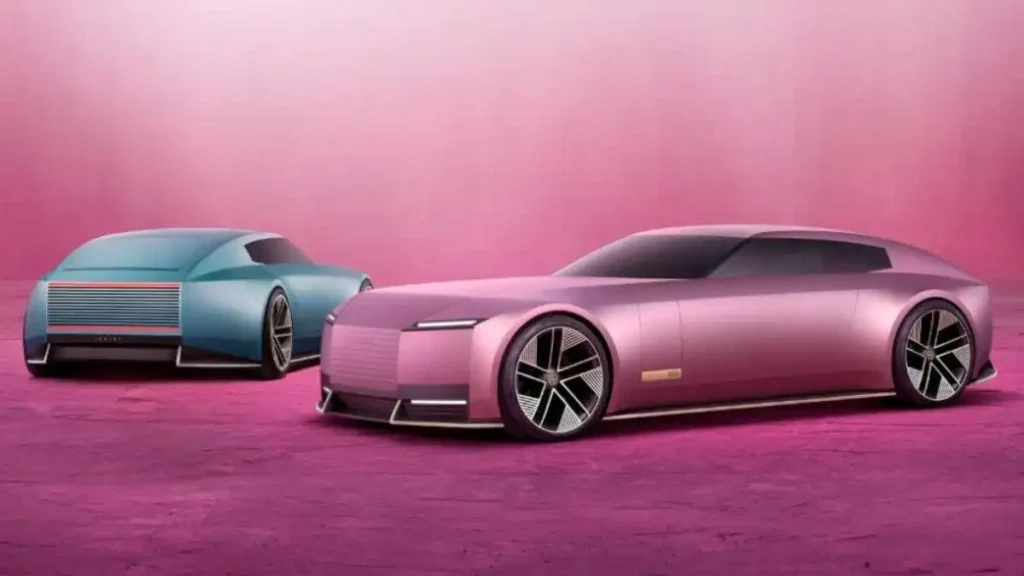April 2025 marked a significant turning point in the history of Jaguar. The iconic British automaker reported a dramatic 97.5% decline in vehicle sales compared to the same month last year — making it the worst-performing month for the company on record.
What Happened?
According to industry data released this week, Jaguar sold only a fraction of its usual monthly volume. Analysts cite several contributing factors behind the sharp decline:
- Transition Pains: Jaguar is currently phasing out its traditional combustion engines in favor of a fully electric lineup by 2026.
- Supply Chain Constraints: Ongoing global supply shortages, especially in battery components, have impacted production and deliveries.
- Intense Competition: Luxury EV competitors such as Tesla, BMW, and Mercedes-Benz have significantly outpaced Jaguar in both innovation and consumer engagement.
A Brand at a Crossroads
For decades, Jaguar stood as a symbol of performance, prestige, and British engineering. However, in today’s rapidly changing automotive landscape, heritage alone is not enough. With consumer preferences shifting toward tech-forward, sustainable vehicles, Jaguar’s current lineup may no longer meet market demands.
The company has announced plans to rebrand itself as a fully electric luxury brand by next year. But with numbers like these, experts wonder whether the strategy is coming too late.

Industry Reactions
Market observers see Jaguar’s sharp sales decline as a wake-up call — not only for the brand itself but for other legacy automakers struggling to adapt to the EV era. The April 2025 figures serve as a clear indicator of just how quickly consumer trends can change in the automotive world.
What’s Next for Jaguar?
Despite the grim statistics, Jaguar’s leadership remains optimistic. A new lineup of electric SUVs and luxury sedans is expected to debut by early 2026. Whether these models can reverse the brand’s fortunes remains to be seen.
Final Thoughts
While April 2025 will go down as a low point for Jaguar, it also presents a potential turning point. Will the company successfully reinvent itself for the future, or is this the beginning of a long decline?

